In what aspects does the safety valve play a role in protecting personal safety?
The safety valve effectively prevents pressure-bearing equipment such as boilers, pressure vessels or pipelines from exploding due to pressure exceeding the design limit through the automatic pressure relief function. During operation, the internal pressure of the equipment may rise sharply due to operating errors, heating out of control, abnormal chemical reactions or cooling system failure. The safety valve can open quickly when the pressure reaches the preset value to release excess pressure and prevent the shell from rupturing or exploding due to overpressure. This protection mechanism directly eliminates the fatal threats to on-site personnel such as fragment splashing and shock wave damage caused by equipment explosion.
In the chemical, petroleum, gas and other industries, many pressure equipment store or transport toxic, flammable or corrosive media. If the equipment fails to seal due to overpressure, these hazardous substances may leak and cause poisoning, fire or explosion accidents. The role of the safety valve is to release the overpressure medium in time and maintain the safe operating pressure of the equipment, thereby preventing damage to the sealing structure or rupture of the pipeline. In this way, the safety valve significantly reduces the risks of toxic gas diffusion and combustible leakage, ensuring the safety of operators and the surrounding environment.
Once an overpressure explosion or leakage occurs in pressure equipment, it often leads to more serious secondary disasters, such as fire, chain explosion or damage to building structures. Safety valves can effectively curb the further expansion of accidents by quickly releasing pressure. For example, in petrochemical plants, the timely action of safety valves can prevent large-scale fires caused by the injection of high-temperature and high-pressure hydrocarbons and prevent accidents from spreading to adjacent equipment or plant areas.
In emergency situations where pressure rises sharply, manual intervention is often too late to respond, and the fully automatic function of the safety valve can start pressure relief within milliseconds. This rapid response capability ensures that the equipment can remain in a safe state even when unattended or in the event of a sudden failure, buying valuable time for personnel evacuation and emergency treatment. For high-risk industries such as nuclear power and chemical industry, the reliable action of safety valves is the last line of defense to prevent catastrophic accidents.
The safety standards for pressure equipment in various countries clearly stipulate that safety valves must be installed on certain types of pressure-bearing equipment to ensure their safe operation. If an enterprise fails to equip or maintain safety valves as required, it will not only face regulatory penalties, but may also bear serious legal liability for accidents. Compliance with safety valves is not only a technical requirement, but also a necessary measure for enterprises to fulfill their safety production obligations and avoid legal risks. By strictly implementing safety standards, enterprises can effectively reduce the risk of compensation for casualties and criminal liability caused by equipment accidents.

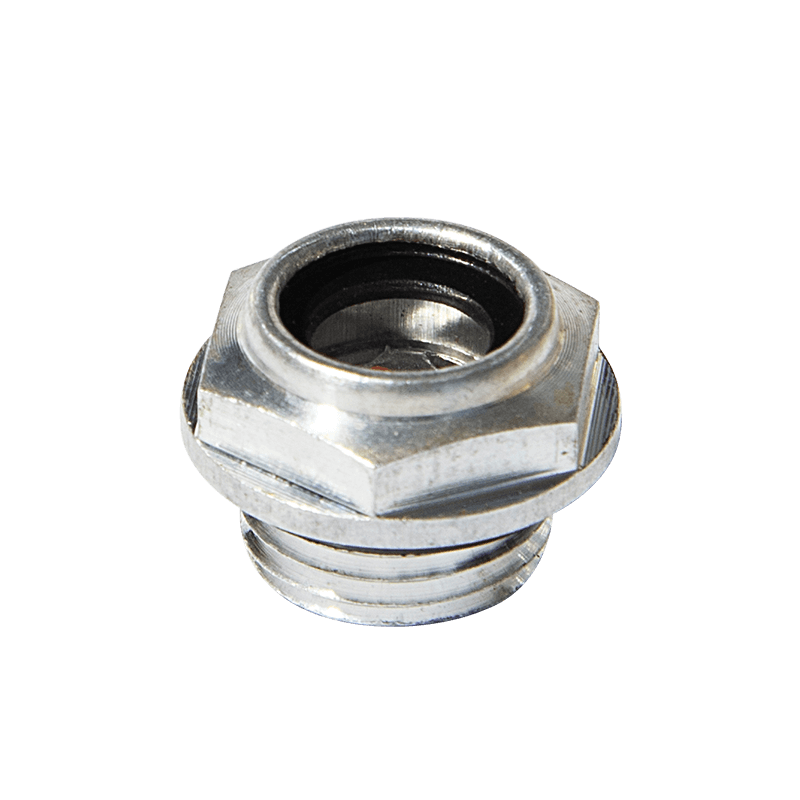
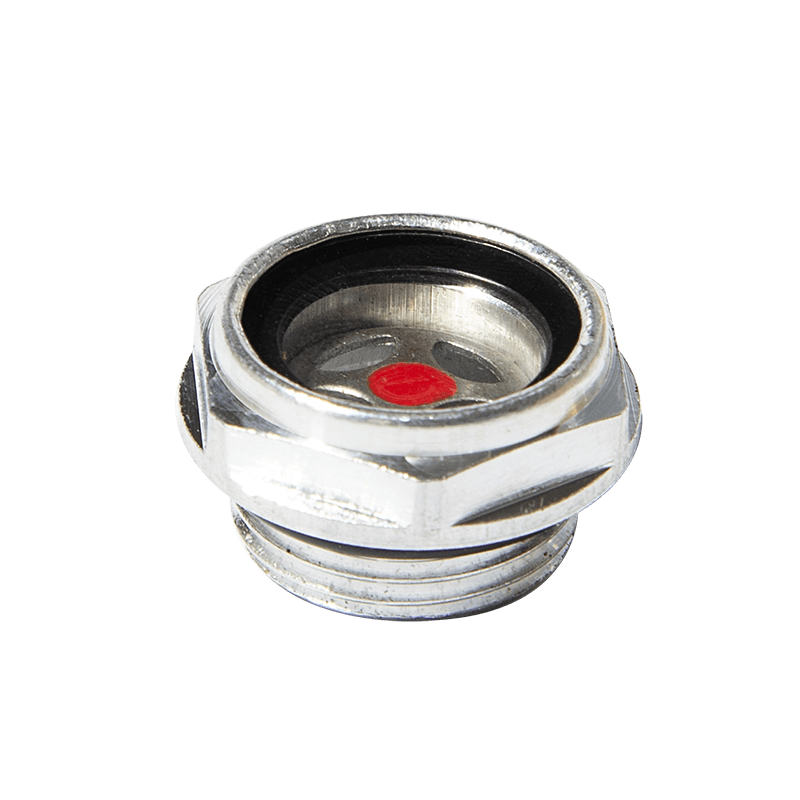
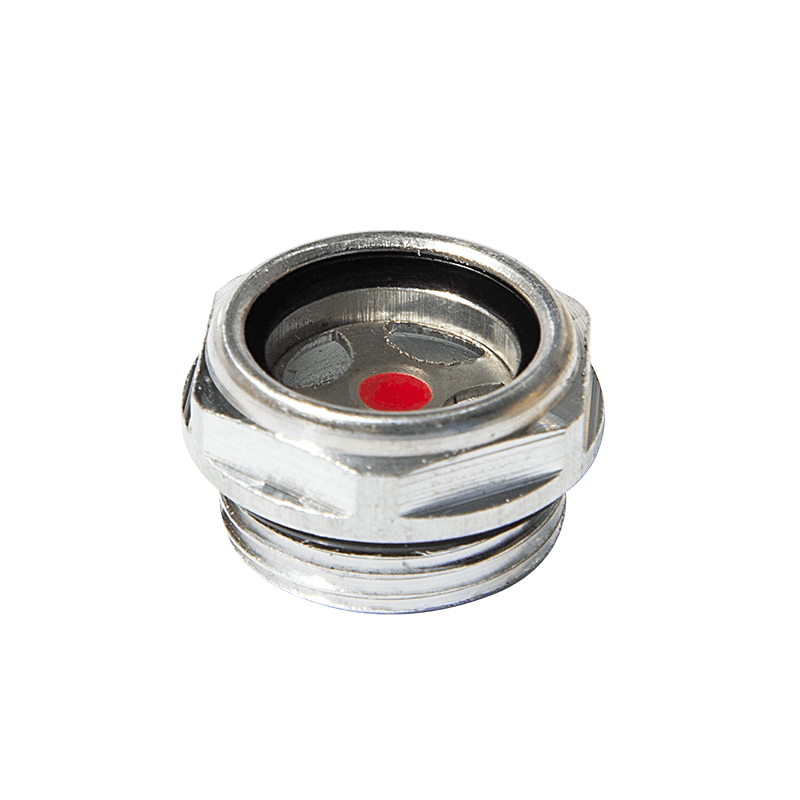
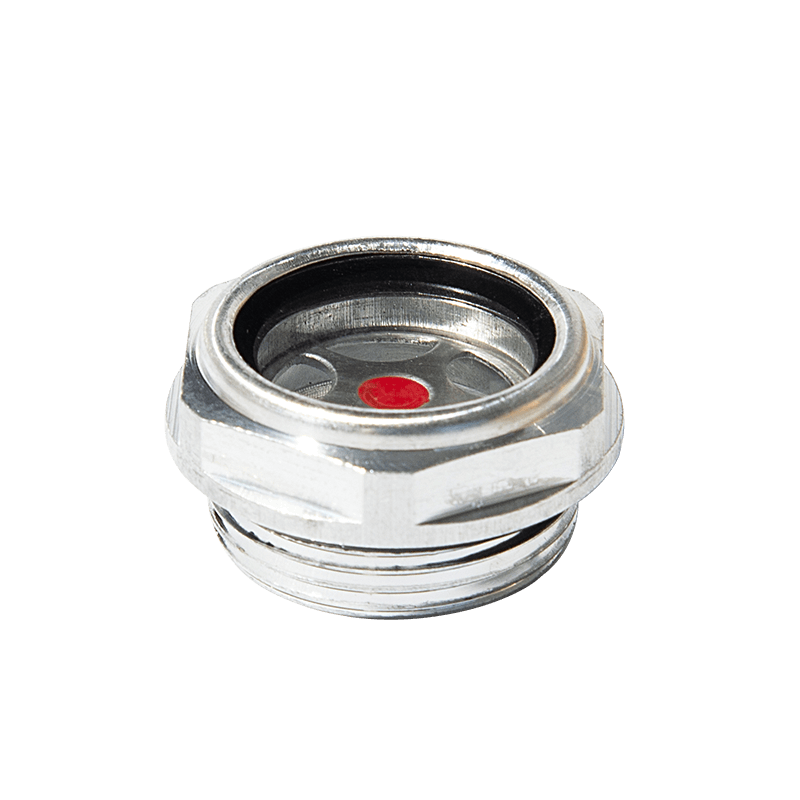
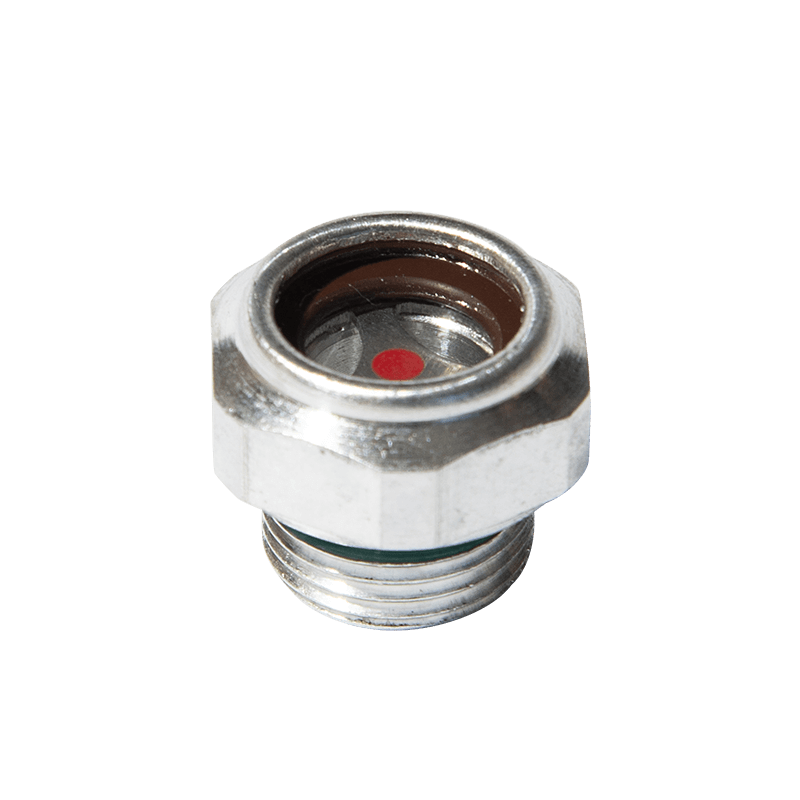
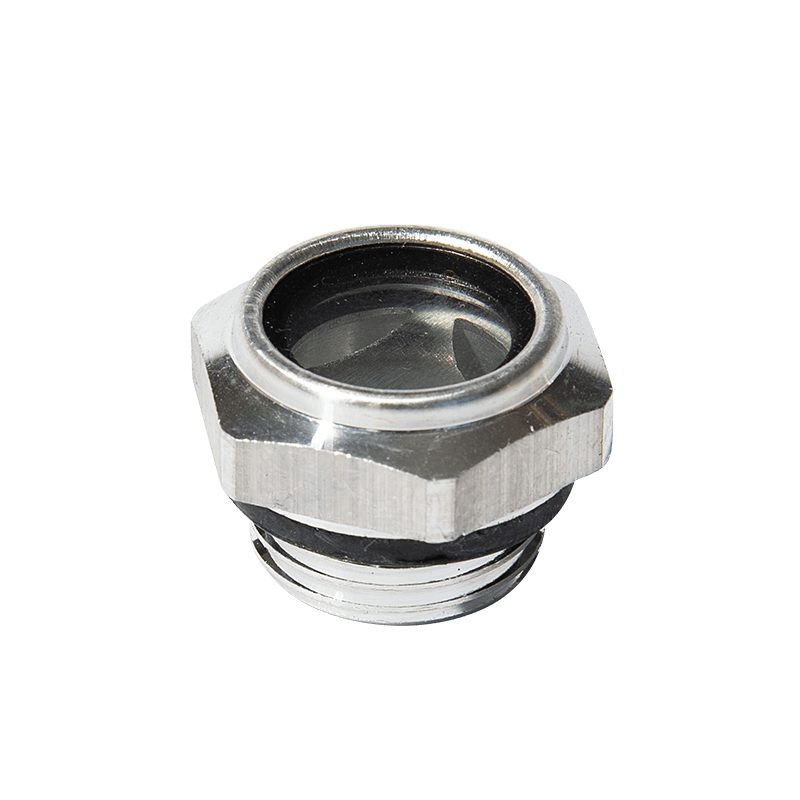
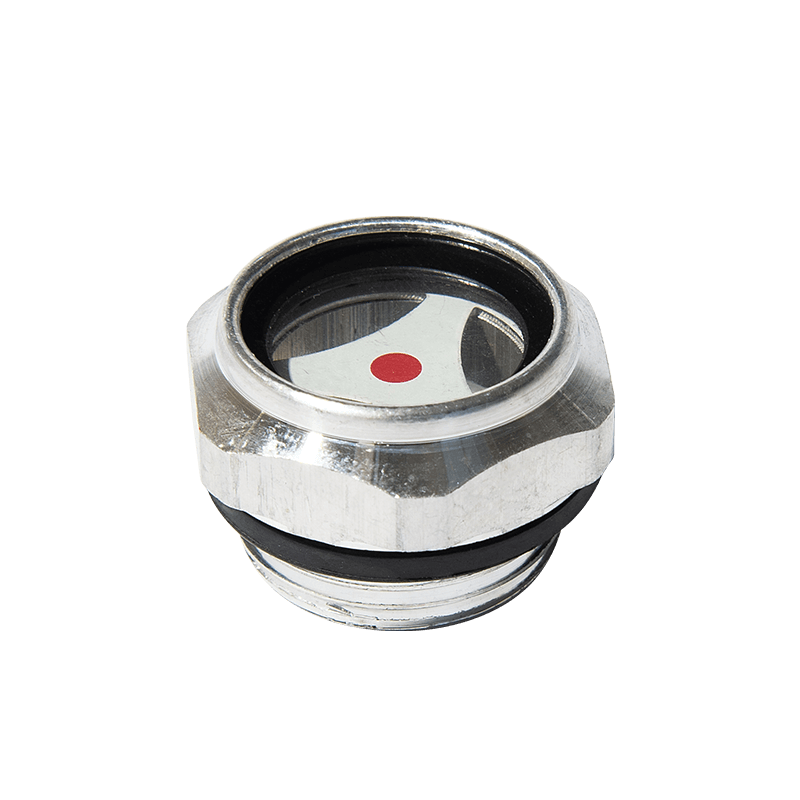
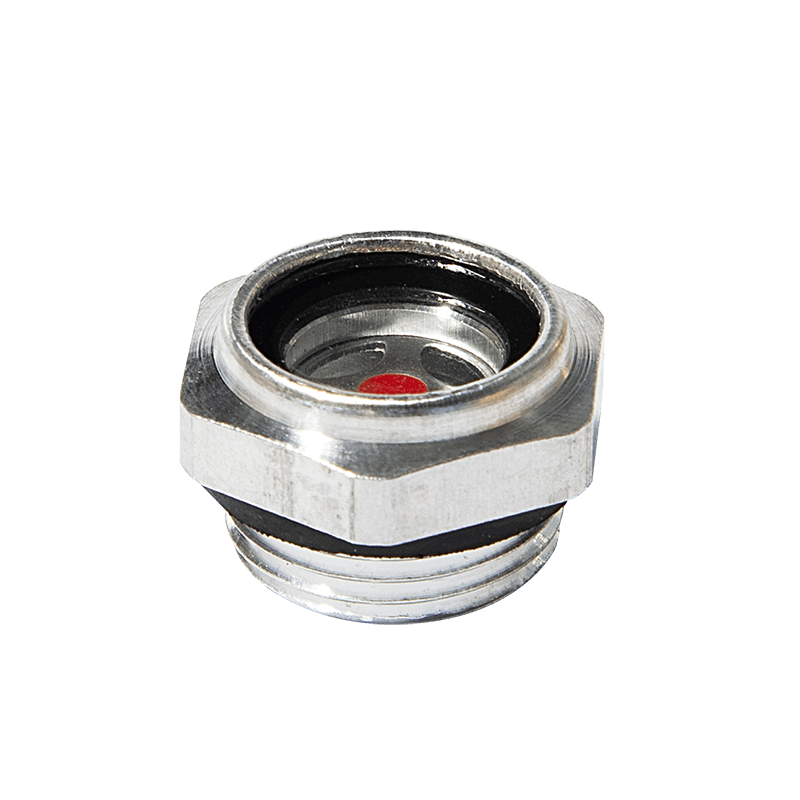
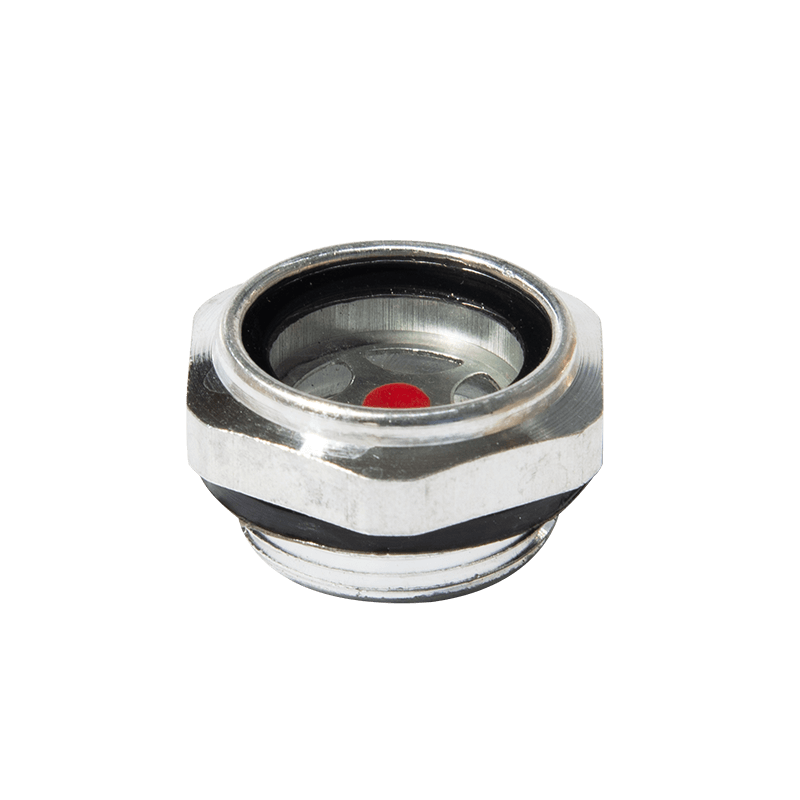
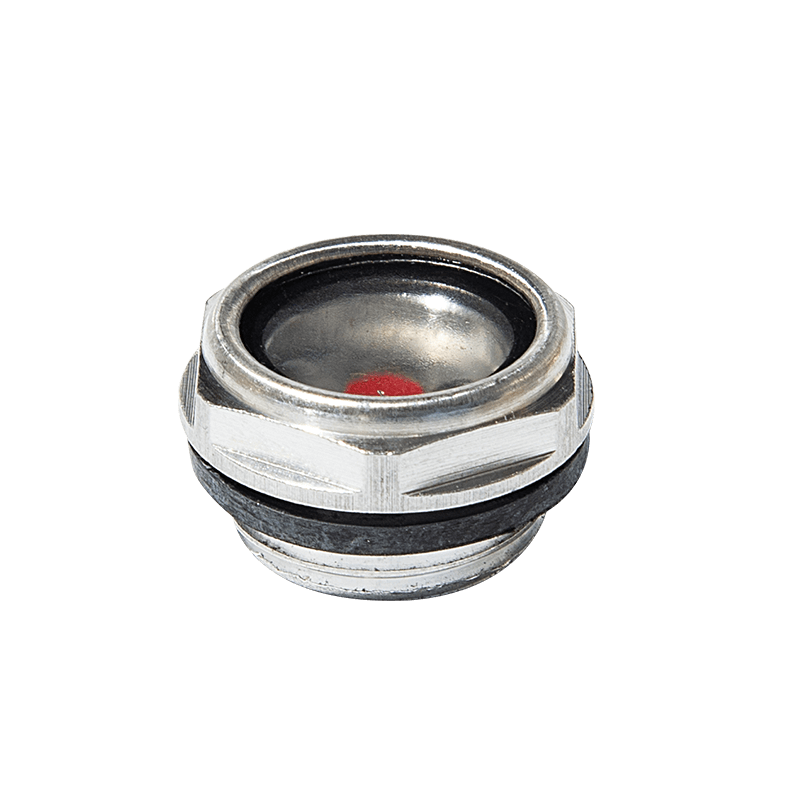





Contact Us